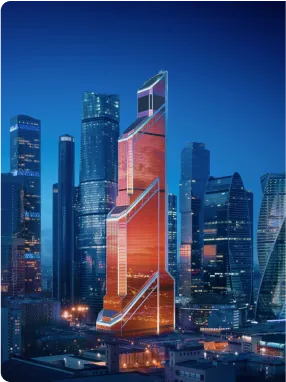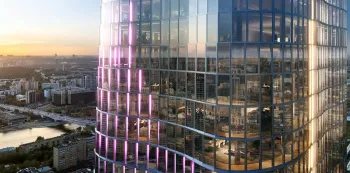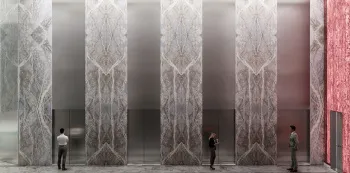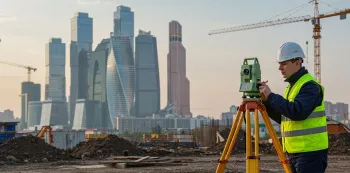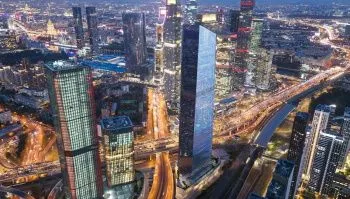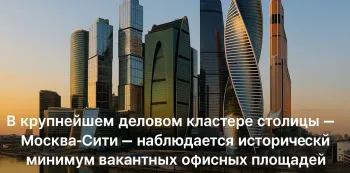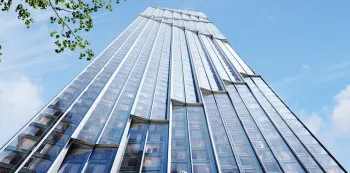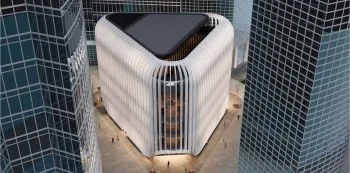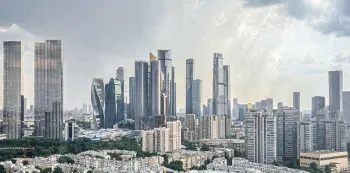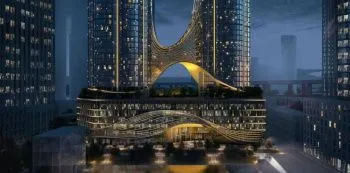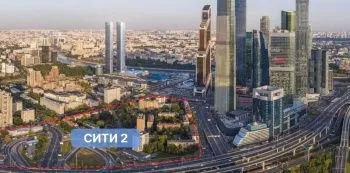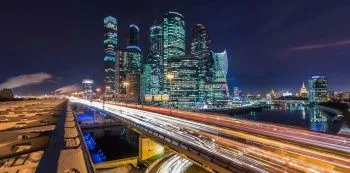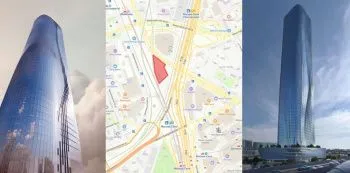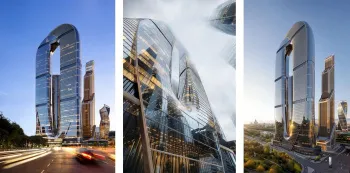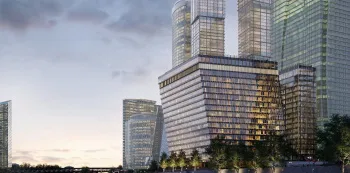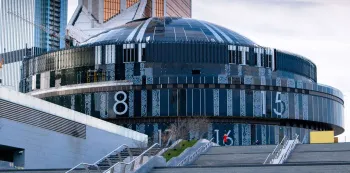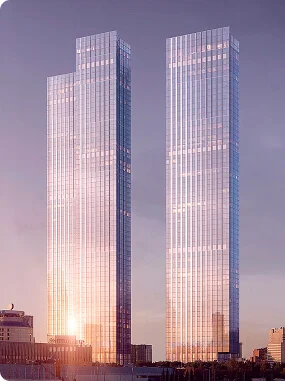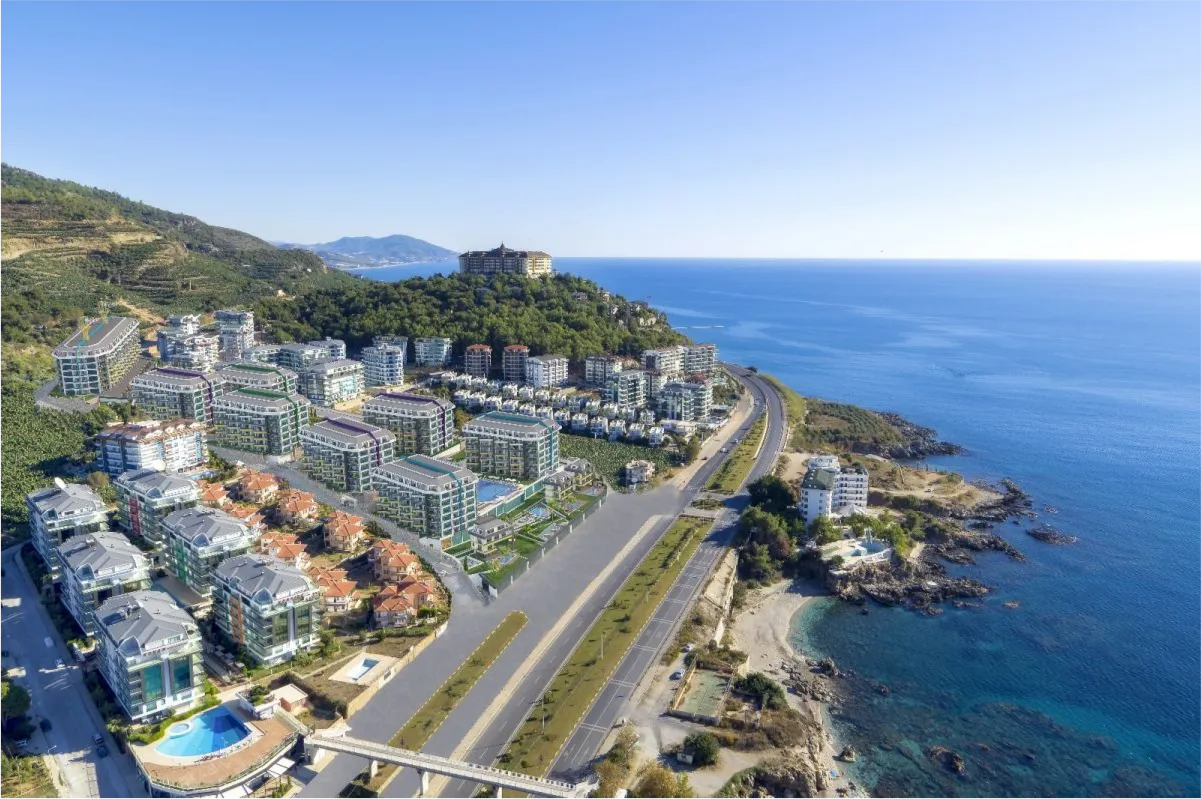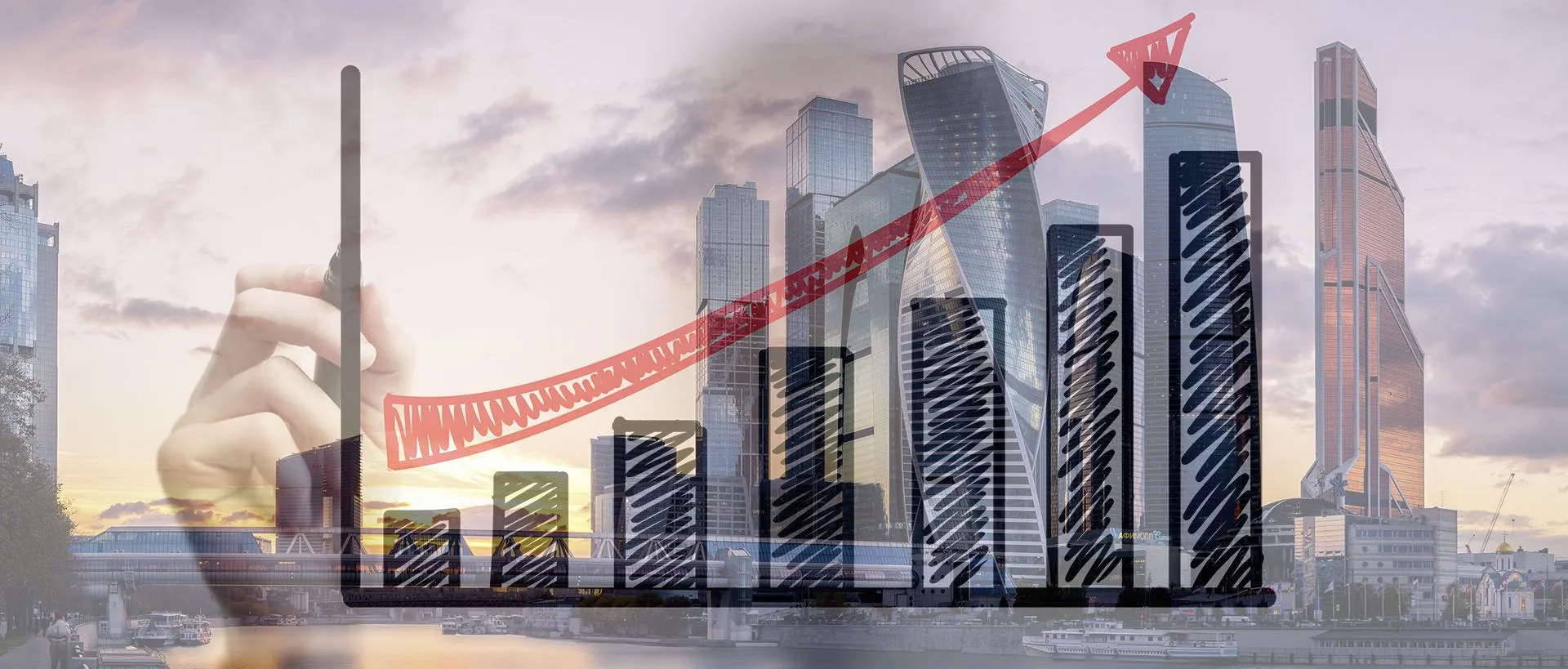
Knight Frank analyzed the Moscow City market and summarized the results of 2019. According to its data, vacancy rates in the business district fell by 1.5 percentage points, or 8.6%. This is the lowest figure in the past decade. However, the international consulting firm sees no prospects for an increase in supply, even with the upcoming addition of 380,000 square meters of new office space to Moscow City. Therefore, by 2024, office space availability is expected to decline even further, to 6.2%.
The progressive decline in the share of vacant offices in the Moscow International Business Center and the distribution of demand among a huge number of companies have led to the loss of a large amount of space, reducing the vacancy rate to its current level of 8.6%. Today, the vast majority of offices that entered the market in 2014–2015, which proved to be of little demand due to the difficult economic situation in the country, have been sold.
However, the ever-increasing office shortage in Moscow City is a strong motivator for developers to make every effort to increase the pace of construction in the Moscow International Business Center. Therefore, by 2024, 380,000 square meters of new office space is expected to enter the market. However, analysts do not see this as a precondition for covering the office shortage; on the contrary, they predict a decrease in vacant space of up to 6.2%, even taking into account the new supply.
Olga Shirokova, Director of Knight Frank's Consulting and Analytics Department, explained Knight Frank's forecasts. She argues that the company's data demonstrates that buyers and tenants' interest in Moscow City multifunctional complexes is already being formed during the construction phase. Therefore, by the time the building is commissioned, the vast majority of space will already be sold. Currently, potential buyers of space still under construction include government and technology companies, as well as large banks.
Knight Frank's research is confirmed by the fact that of the 26,700 square meters of space in the second phase of the Oko business center brought to market in 2019, only 8,900 square meters are still vacant. Even before its official completion, a large portion of this brand-new office skyscraper—namely, 15,400 square meters—was leased by Rosbank.
Today, interest in new projects is being seen not only from commercial companies but also from a wide variety of government institutions. Therefore, a repeat of the stagnation of 2014–2015 is not expected. All projects to be built over the next five years will be implemented on the last remaining sites in the Moscow International Business Center. These sites were already being allocated during Boris Thor's design of the business district.
Thus, between 2020 and 2024, construction is expected on five purely office or multifunctional skyscrapers, with a total floor area of 383,600 square meters. These include:
-
Grand Tower;
-
Neva Towers;
-
One Tower;
-
2nd stage of the multifunctional complex "Empire";
-
Multifunctional complex on the 20th plot.
The shortage of office space in Moscow City has given landlords the opportunity to increase rental rates. Therefore, in 2019, the average annual rent per square meter was 35,900 rubles. This figure does not include operating costs and VAT.
Over the next five years, we can expect prices to increase in line with the average market price, i.e., by 2–4%, with a slowdown in 2022 due to the commissioning of a large number of spaces. In another two years, the annual rental price per square meter will reach 40,000 rubles.
Furthermore, a subsequent change in the composition of key tenants is predicted. In 2019, the majority of space was owned by non-profit organizations, primarily state-owned. They accounted for approximately 22% of the space, while in 2016, the share of such companies did not exceed 9%. A somewhat lower density of companies from the financial and fuel and energy sectors was observed in Moscow City in 2019.
In other words, the government is actively interested in office space in the business center, which can be explained by the significant economic impact of concentrating a large number of government agencies in Moscow City's skyscrapers, despite the relatively high cost of space. Therefore, it is expected that Moscow City will continue to attract increasing numbers of government institutions and organizations.









 Advertising on the portal
Advertising on the portal

 2427
2427 